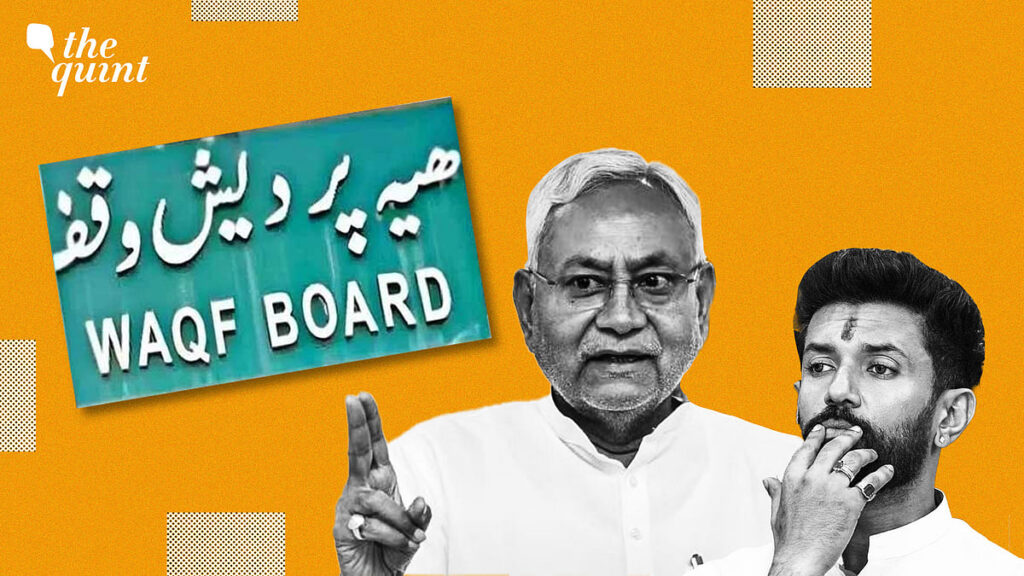The BJP’s election strategy in Bihar is a calculation mixture of ideological stability and selective outreach, designed to strengthen its position among the major demographic groups, as well as weakens its coalition partners.
At the same time, the BJP has demanded a place among Muslim voters through an initiative like Saugat-e-Modi, who economically marginally targets Muslims, and targets symbolic appointments like Arif Mohammad Khan as Governor.
This dual approach – taking into account the credibility of their colleagues among Muslims giving a controlled push in the community – a deep strategic change.
However, despite the efforts, comprehensive Muslim voters largely doubt about the BJP, and any inroad appears marginal. Recognizing this limit, the party has focused its focus on strengthening its hold on OBCs and Dalits.
A major component of this strategy is the height of new leadership within these communities to challenge established power structures. For example, the appointment of Kurmi MLA Krishna Kumar Mantu as a minister of BJP’s quota indicated to destroy Nitish Kumar’s effort to destroy his core vote bank.
Similarly, despite the end of his distant place in the Lok Sabha elections for Jitan Ram Manjhi’s Cabinet and Upendra Kushwaha’s Rajya Sabha nominations, it is exemplary how the BJP is nurturing alternative Dalits and Kori-Karami leaders, who can gradually displace the influence of Nitish and Chirag.
Their dependence on Muslim voters is now at risk to maintain secular lensing within the coalition-only because of dealing with the Waqf bill, but also because the BJP’s caste-based exercises are reducing their ability to compensate for these losses.
The decline became clear when major Muslim organizations boycotted the Iftar Sabha and Muslim leaders started resigning, which led to the promotion of Muslim disillusionment.


